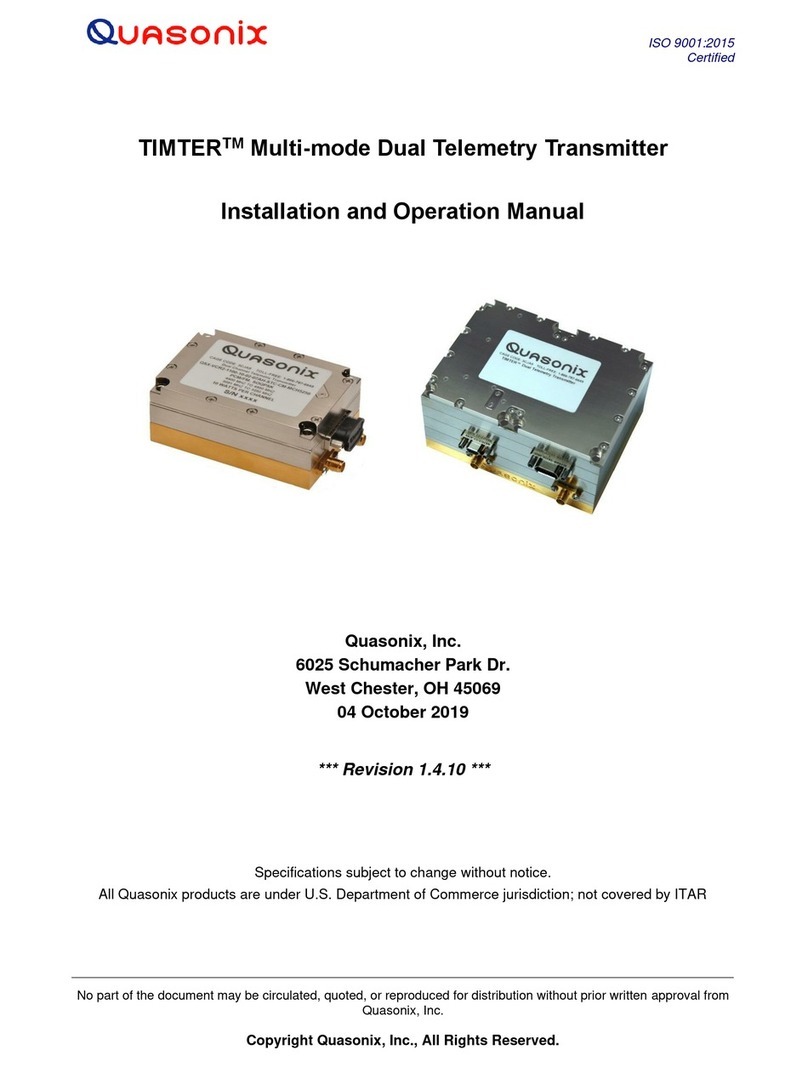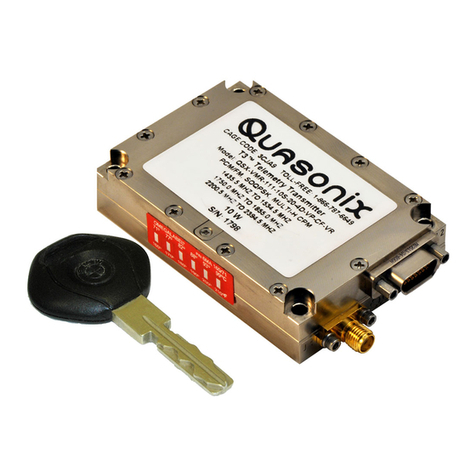Figure 28: PCM/FM (Tier 0) PSD and Mask...............................................................................................68
Figure 29: SOQPSK-TG (Tier I) PSD and Mask.........................................................................................68
Figure 30: Multi-h CPM (Tier II) PSD and Mask .........................................................................................69
Figure 31: Phase Noise Limit Curve ...........................................................................................................70
Figure 32: Vibration / Shock Testing System..............................................................................................71
Figure 33: nanoTX™Mounted for Z-axis Testing.......................................................................................71
Figure 34: nanoTX™Mounted for X-axis Testing.......................................................................................72
Figure 35: nanoTX™Mounted for Y-axis Testing.......................................................................................72
Figure 36: TIMTER™ Vibration Profile .......................................................................................................72
Figure 37: Z-axis Vibration Spectrum .........................................................................................................73
Figure 38: Y-axis Vibration Spectrum .........................................................................................................74
Figure 39: X-axis Vibration Spectrum .........................................................................................................74
Figure 40: Shock Pulse, Z-axis Positive .....................................................................................................75
Figure 41: Shock Pulse, Z-axis Negative....................................................................................................76
Figure 42: Shock Pulse, Y-axis Positive.....................................................................................................76
Figure 43: Shock Pulse, Y-axis Negative....................................................................................................77
Figure 44: Shock Pulse, X-axis Positive .....................................................................................................77
Figure 45: Shock Pulse, X-axis Negative....................................................................................................78
List of Tables
Table 1: Model Configuration Example.........................................................................................................9
Table 2: Frequency Band Codes ..................................................................................................................9
Table 3: Clock and Data Interface Codes...................................................................................................10
Table 4: Serial Control Interface Codes......................................................................................................10
Table 5: ARTM Tier 0 Codes ......................................................................................................................10
Table 6: ARTM Tier I Codes .......................................................................................................................10
Table 7: ARTM Tier II Codes ......................................................................................................................11
Table 8: Legacy Codes...............................................................................................................................11
Table 9: Output Power Codes.....................................................................................................................11
Table 10: Power Supply DC Input Current at Standard Input Voltage .......................................................12
Table 11: Package Codes...........................................................................................................................12
Table 12: Standard Bit Rates Compared to Low/High Rate Options..........................................................14
Table 13: nanoTX™ 01AA Pin Assignments ..............................................................................................23
Table 14: nanoTX™ 01AB Pin Assignments ..............................................................................................26





























